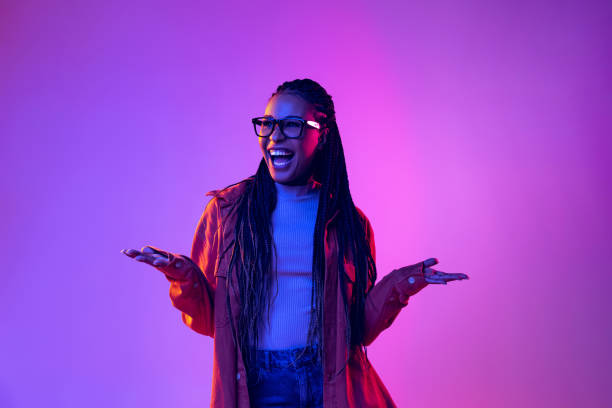Retro futurism is an artistic movement that has been gaining momentum in the design world. This trend, which incorporates elements from both the past and future, offers a unique perspective on how we view time and progress. It’s a fascinating blend of nostalgia for the past with optimism for what the future might hold.
At its core, retro futurism is about juxtaposition. It combines old-fashioned aesthetics with futuristic concepts to create something entirely new and different. The resulting designs often feel simultaneously familiar and alien, tapping into our collective memory while pushing us towards unexplored territories.
One of the most recognizable examples of retro futurism is found in mid-century modern design. During this period, designers imagined a future full of sleek lines, bold colors, and technological advancements – all presented through a lens that was distinctly rooted in their present time.
Today’s interpretation of retro futurism takes these ideas even further by incorporating elements from various periods throughout history. From Victorian-era fashion infused with high-tech gadgets to 1950s-inspired interiors filled with advanced home automation systems – the possibilities are endless.
This style also extends beyond physical designs into other forms of media like literature and film. Think “Blade Runner,” where neon-lit cityscapes meet vintage noir aesthetics or “The Jetsons,” where space-age technology exists alongside 1960s suburban ideals.
What makes retro-futurism so compelling is its inherent dichotomy: it looks backward to look forward; it celebrates progress while yearning for simpler times. Unlike pure futuristic design that can sometimes feel cold or impersonal, retro-futuristic design adds warmth through its historical references.
It’s not just about imagining what could be but also remembering what has been. In doing so, it acknowledges that our path forward will always be influenced by where we’ve come from—the lessons learned, the styles loved—and reminds us that there’s value in preserving parts of our past even as we forge ahead into the future.
In a world that often feels like it’s moving too fast, retro futurism offers a comforting antidote. It allows us to dream about tomorrow while keeping one foot firmly planted in yesterday. It encourages us to embrace change without forgetting our roots.
As we continue to navigate through this ever-evolving digital age, the appeal of retro futurism only seems to grow stronger. Its unique blend of old and new provides a refreshing perspective on design and stimulates our imagination in ways few other styles can.
In conclusion, retro-futurism is more than just an aesthetic trend; it’s a reflection of our collective hopes and fears about what lies ahead. By blending elements from both past and future styles, it creates designs that are richly layered, deeply evocative, and undeniably captivating—a testament to the enduring power of nostalgia coupled with the thrill of innovation.

